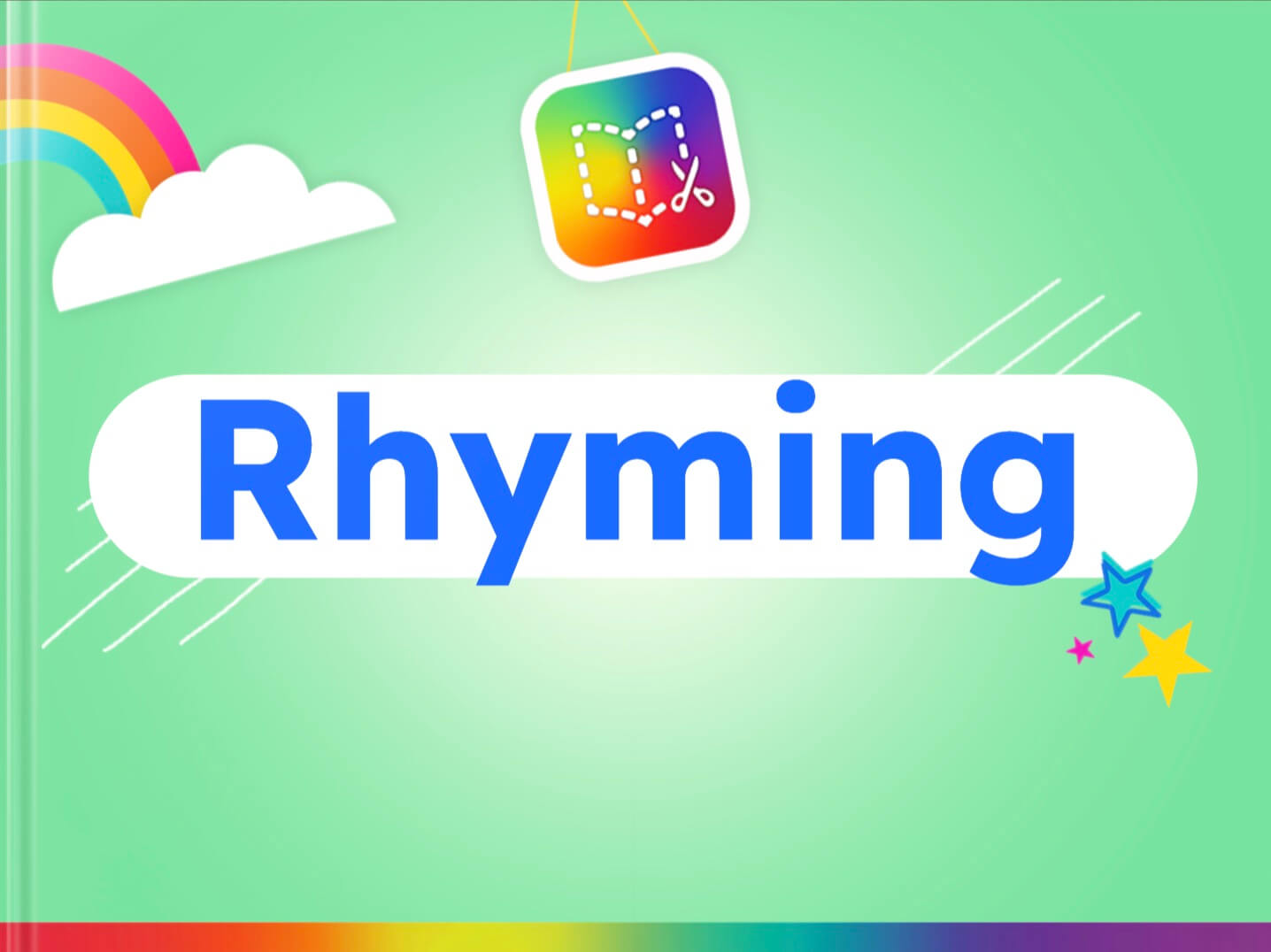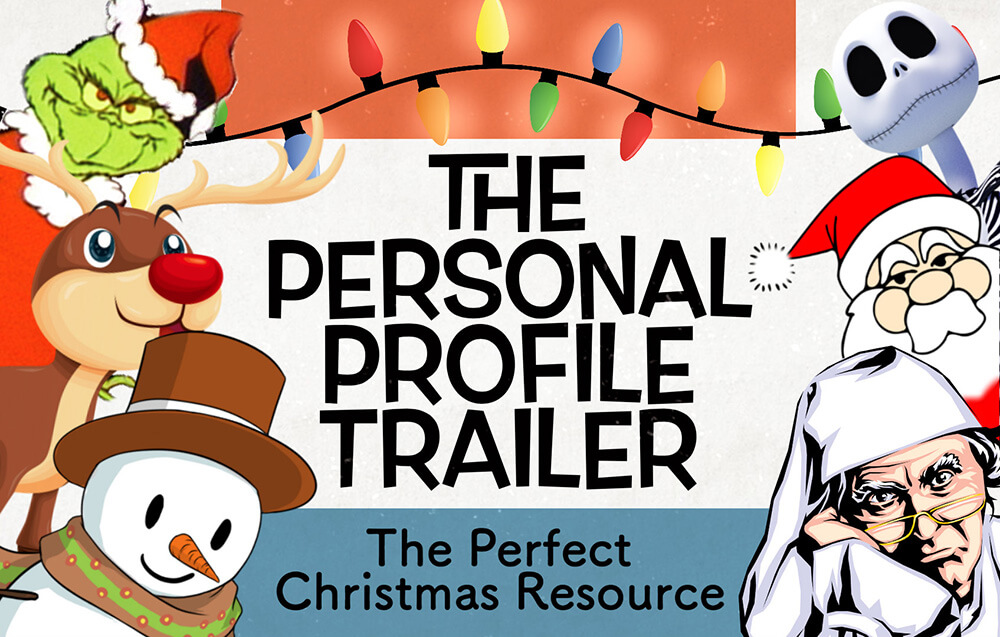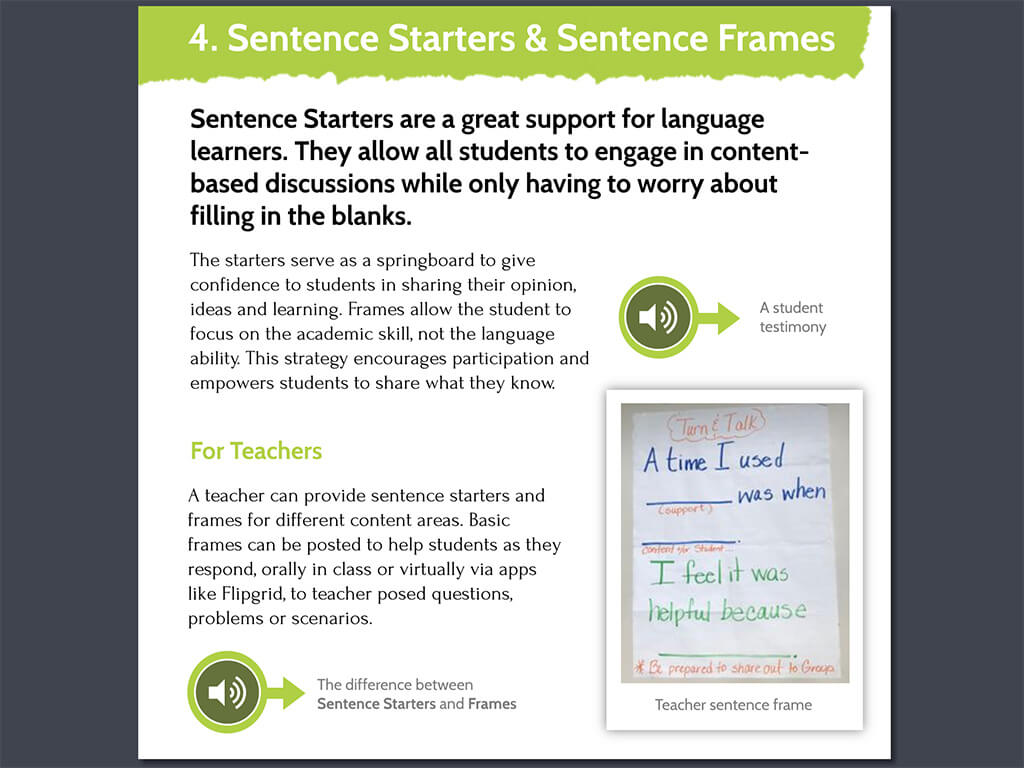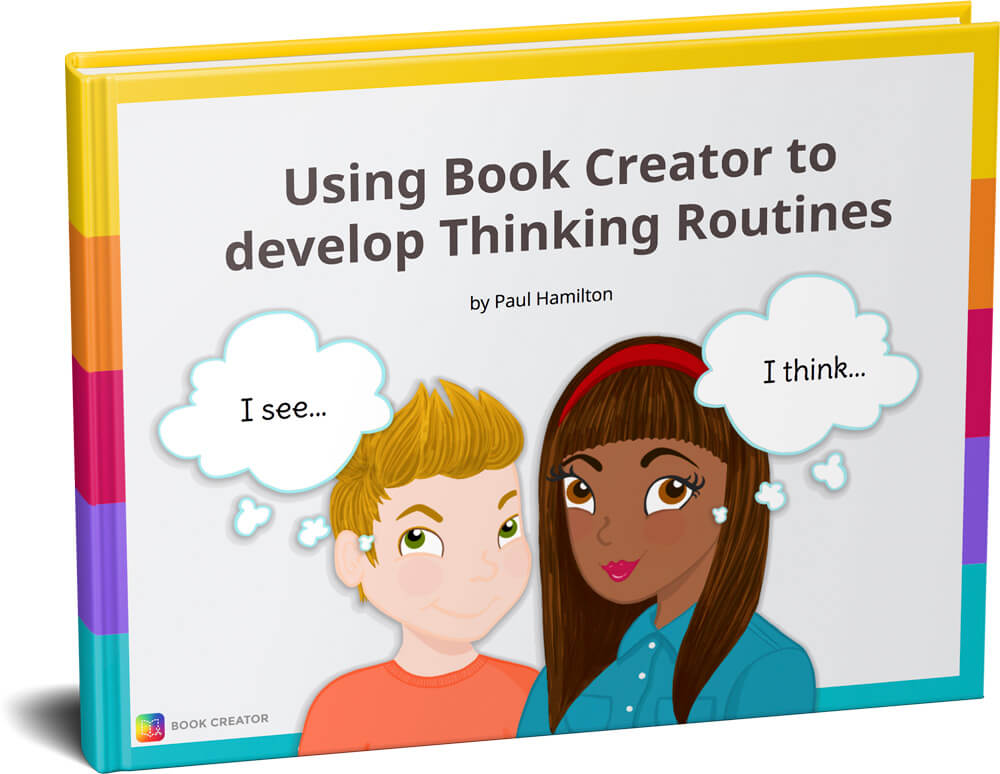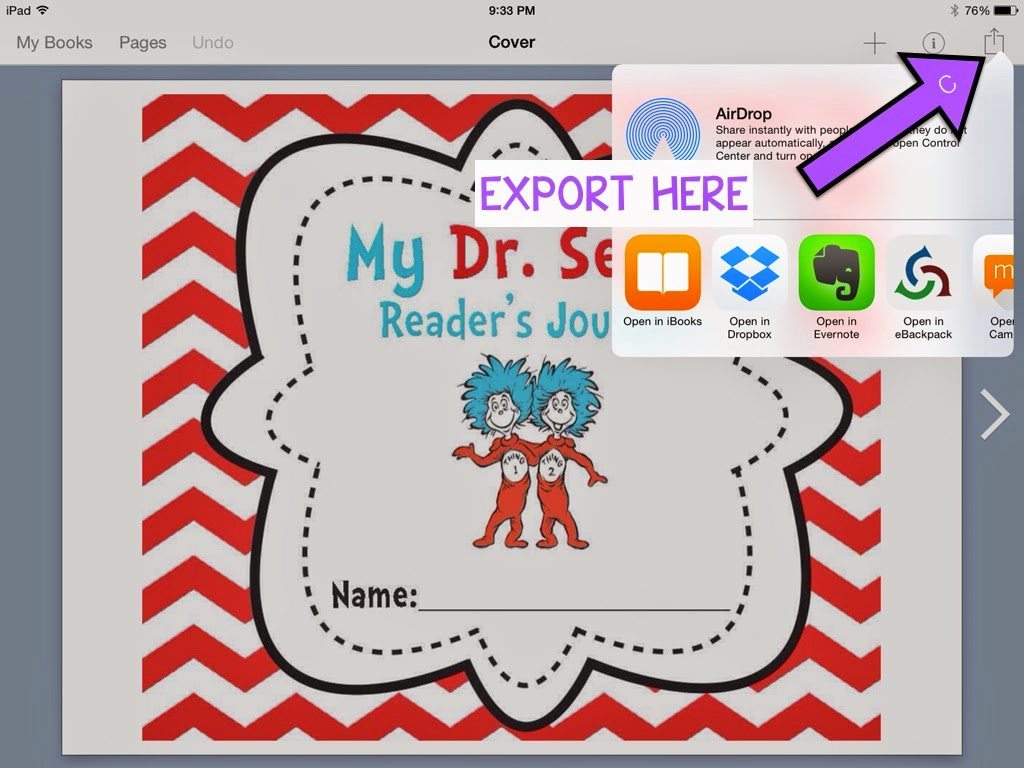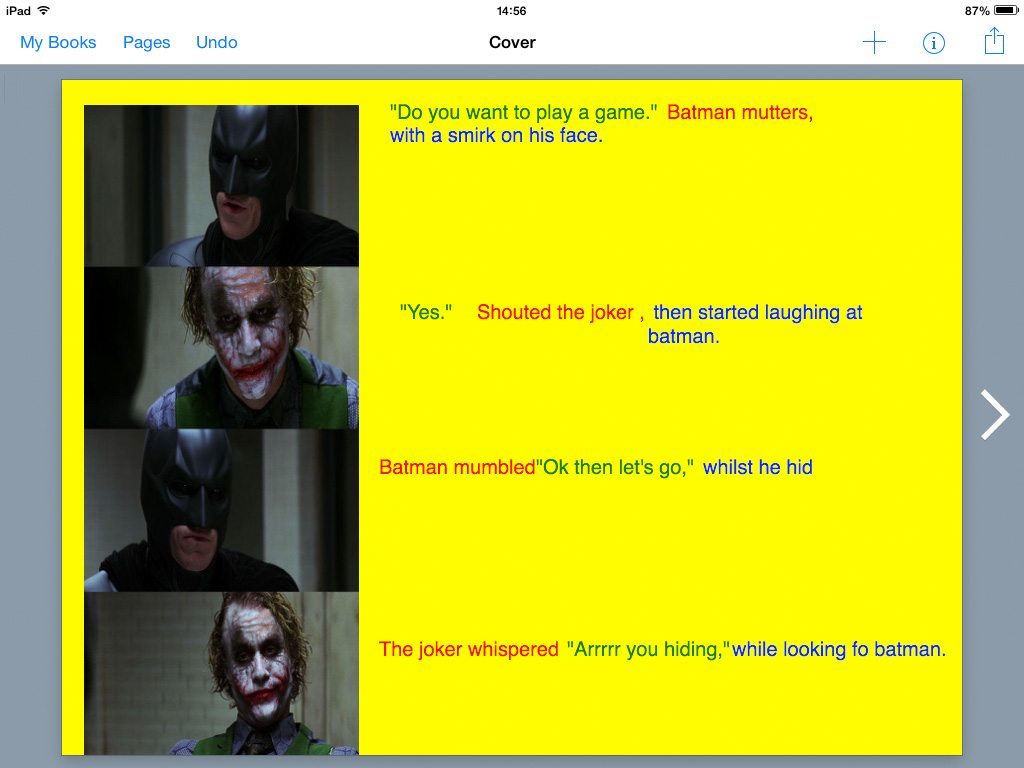Learn why rhyming is so important to developing literacy skills and grab our new Book Creator templates to help teach rhyming in your classroom.
Language development is a crucial aspect of a child's literacy growth, and one of its foundational elements is phonological awareness. In this blog post, we will explore the significance of rhyming in phonological awareness and how it plays a vital role in early language development and foundational literacy skills.
We’ll also share our exciting new Rhyme Resources throughout to showcase how you can use our remixable templates to enhance rhyming in your classroom!
But first, let’s gain an understanding of Phonological Awareness (or “FUN-ological Awareness” as we like to call it! 😆)
What is Phonological Awareness?
Before we delve into the role of rhyming, it's essential to grasp the broader concept of phonological awareness, which is solely focused on the sounds in words, rather than the written text or letter combinations.
The Science of Reading research has shown that there is evidence of strong correlations between phonological awareness skills in young children, and future reading success. This aligns with the Reading Panel’s emphasis on Phonemic Awareness, a subset of Phonological Awareness, being the first essential pillar of foundational literacy.
Phonological awareness encompasses various skills to support understanding of the sounds in words (and yes, rhyme and rime are two different concepts in phonological awareness - it’s no wonder the English language is so confusing!).
Some of these skills include the following:
Syllable Awareness
Recognizing and manipulating syllables within words.
For example: basketball = basket + ball

Onset and Rime Awareness
Identifying the initial consonant sound (onset) and the remaining vowel and consonant sounds (rime) in words.
For example: cat = /c/ + /at/ and if you change the /c/ to a /b/ your new word is /b/ /at/ = bat
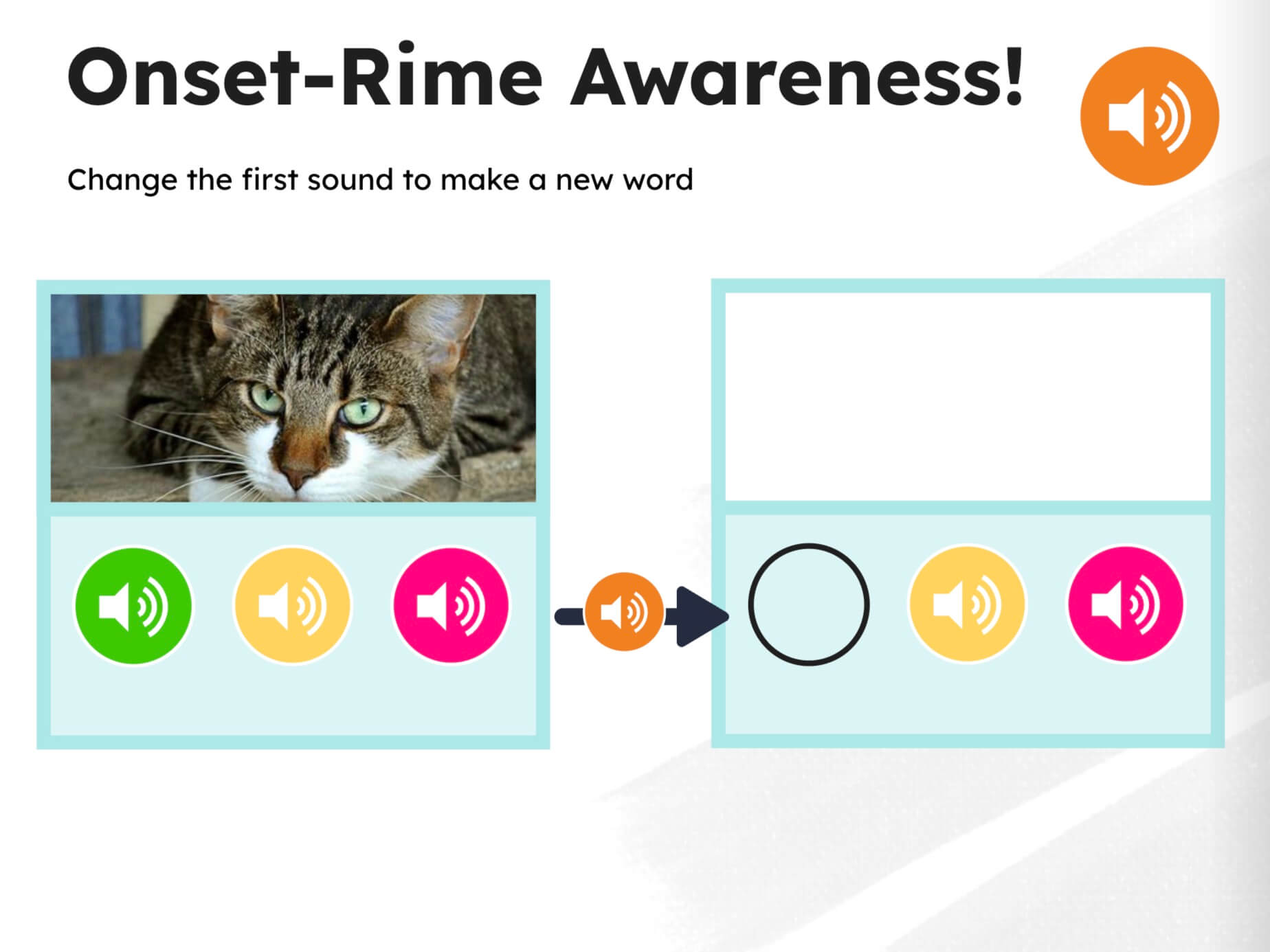
Phonemic Awareness
Recognizing and manipulating individual phonemes (the smallest sound units in language) within words.
For example: the sounds in the word bat = /b/ /a/ /t/
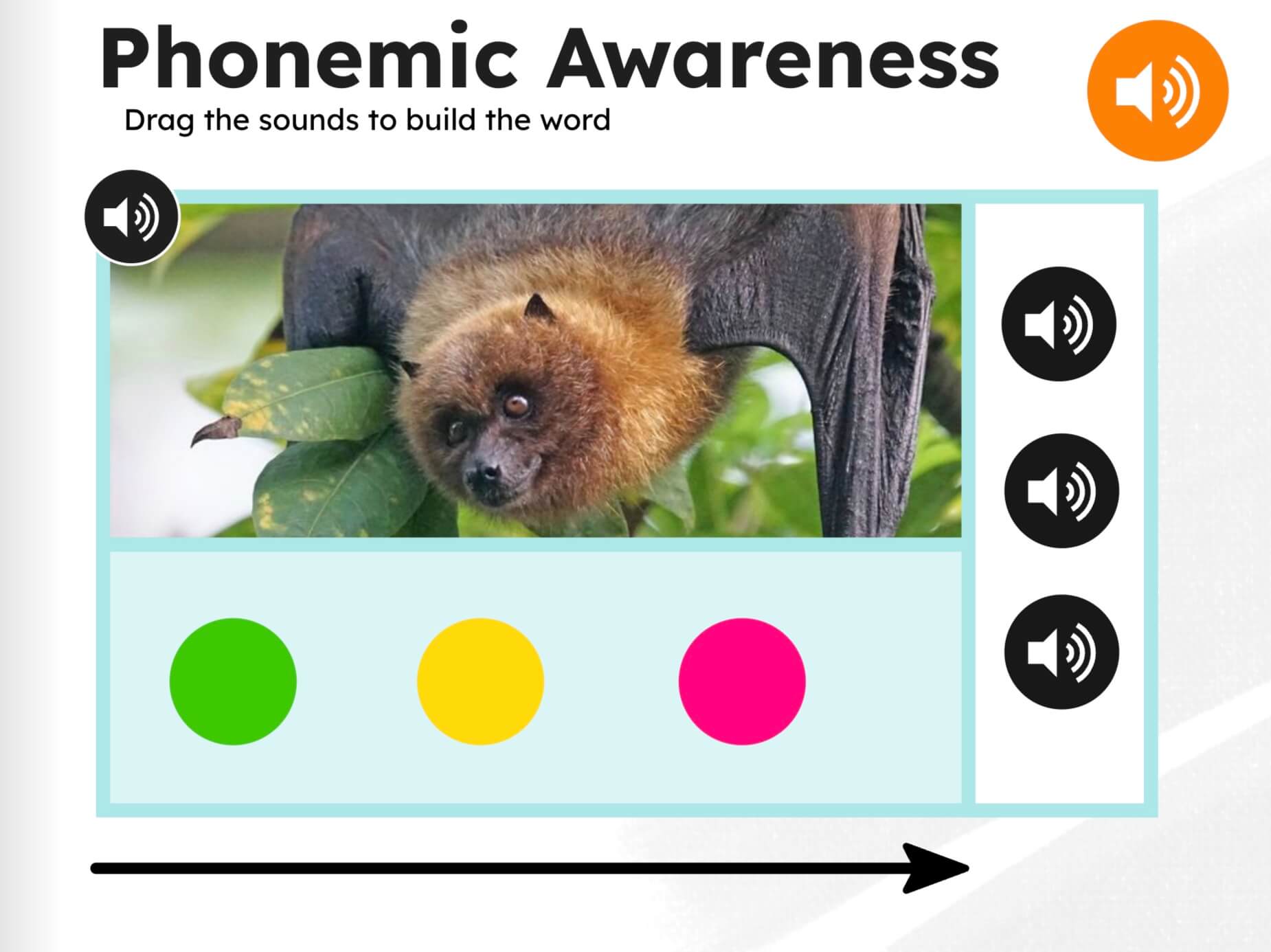
So what exactly is rhyming and what is its role in Phonological Awareness?
What is Rhyming?
Rhyming is the ability to recognize when two words end in the exact same sounds. This skill involves identifying words that sound similar, such as "cat" and "hat" or "moon" and "spoon." Rhyming is pivotal for several reasons:
- Sound Discrimination: Rhyming encourages children to listen carefully to the sounds in words, honing their auditory discrimination skills.
- Sound Repetition: Repetition enhances learning. Rhyming prompts children to repeat sounds and patterns, reinforcing their grasp of word sounds.
- Phonemic Awareness: Rhyming establishes the foundation for advanced phonemic awareness skills, crucial for literacy development, including reading and spelling.
- Memory and Sequencing: Rhymes follow predictable patterns, aiding memory and sequencing skills, which helps children remember and understand longer strings of words.
- Engagement and Motivation: Rhyming activities are fun and engaging, making them an enjoyable way for children to develop phonological awareness, motivating further language exploration.
Practical applications to practice Rhyming
For many of you, when you hear the word ‘rhyme’ you may automatically think of Nursery Rhymes. Although those fun tongue twisters are easily memorable, there are many opportunities to practice the skills we mentioned above. For example:
Hey Diddle Diddle
The Cat and the Fiddle
The Cow jumped over the Moon
The little dog laughed
To see such sport
And the Dish ran away with the Spoon!
In this example, the words that rhyme are diddle - fiddle and moon - spoon. One easy way to practice this skill is to think of other words that rhyme with these pairs. For example:
→ Moon, spoon, ruin, dune, cartoon, June…
→ Diddle, fiddle, middle, riddle, little, skittle, whittle…
This simple activity of playing with words and sounds in a nursery rhyme is critical to language development and foundational literacy. One reason is because once students have the ability to manipulate these sounds in words, they can then usually be introduced to the letters that make up these words, or their word families.
Word families are words that not only end in the same sound (like rhyming words), but they all end in the exact same letters. When the alphabet and spelling are involved, that is called phonics, so it’s important to understand the important difference between rhyming words and word families.
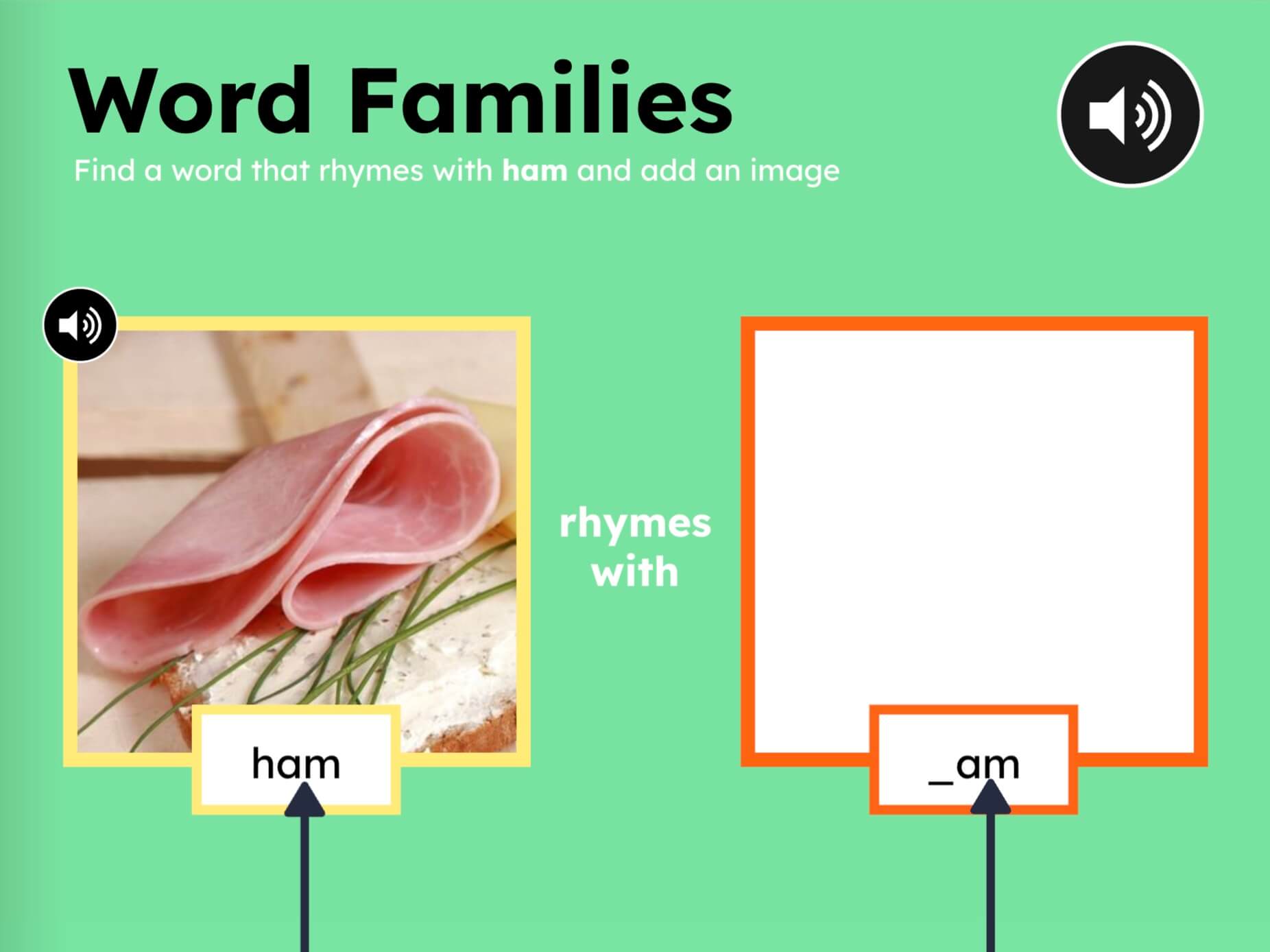
Rhyming words can be spelled various ways as long as they all end in the same sound (as you’ll notice from our examples above; moon and June), while word families must all have the same ending sound and be spelled the same way (cat and hat).

This is why rhyming is much more complicated than it seems. However, parents, caregivers, and educators can incorporate rhyming into daily activities and lessons to foster phonological awareness in children:
- Rhyming Games: Engage in games like "Rhyme Time" or "Rhyming Bingo" to make learning interactive and enjoyable.
- Read Rhyming Books: Choose books with rhyming text, such as Mother Goose classics, to help children recognize rhyming patterns.
- Sing Rhyming Songs: Sing nursery rhymes and songs with rhyming words to reinforce phonological awareness.
- Word Families: Introduce word families (e.g., -at, -in, -an) to help children identify and produce rhyming words within the same family.
- Rhyming Puzzles: Create rhyming puzzles or matching games to challenge children's ability to recognize rhyming pairs.
New Rhyming Templates in Book Creator
🥁 Drumroll please...
Book Creator has created remixable rhyming template books that focus on each short vowel sound and their corresponding word families and rhyming patterns. From matching to sorting and everything in between, students will be exposed to the 5 pillars of literacy while having fun and creating their own understanding of rhyme.
We’ve also embedded some great rhyming read-alouds and have even partnered with our friends at Twinkl to ensure additional resources are available for students to practice this important phonological awareness skill.
In the intricate realm of language development, rhyming serves as a captivating tool that nurtures phonological awareness in young learners. By integrating rhyming into daily interactions and educational practices, we can support children on their journey to becoming skilled language users. Rhymes are not just delightful sounds; they are stepping stones to linguistic mastery and early literacy.
It’s Rhyme Time at Book Creator, and we couldn’t be more excited to share these books with you!
Randi Ahrndt is Book Creator’s Head of Literacy Learning. With over 15 years experience in education as a Principal, Literacy Coach and Elementary Teacher, Randi brings a unique perspective to our team. She is a wife and boy mom x3, who loves reading, tacos and travel.

